
Data acquired from osmolality, glucose, and folic acid tests provides useful information for the specific identification of cell-culture media.

Data acquired from osmolality, glucose, and folic acid tests provides useful information for the specific identification of cell-culture media.

The FlexPro 50, from Groninger, is a modular filling and closing system designed to process vials, cartridges, and syringes, as well as vials in bulk and trays.

Developers of CAR-T cell therapies with products showing successful early-stage clinical results are currently seeking manufacturing capacity that will enable the production of the larger quantities of material needed for Phase III trials and eventual commercialization.

The agency publishes draft guidance on assay development and validation for immunogenicity testing.

Cornell researchers reveal that an existing FDA-approved drug can facilitate the delivery of other large molecules across the blood-brain barrier.
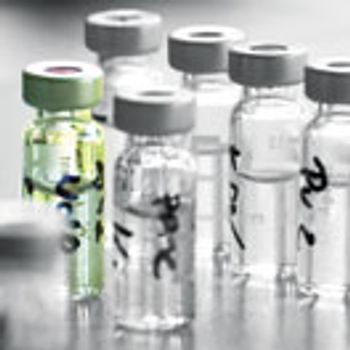
Collaboration and single-use technologies aided the rapid scale-up of Ebola vaccine manufacturing
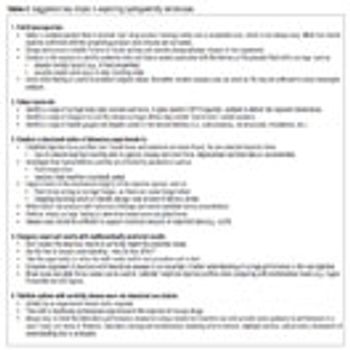
Selecting a delivery method early on may be beneficial.

A modular cell-culture platform demonstrates accelerated process development.

Demand is driving expansion and consolidation of formulation and clinical trial materials services.

Headspace moisture analysis is a rapid non-destructive analytical method that may potentially address the limitations of traditional methods used for residual moisture determination.

Novo Nordisk broke ground on a facility in Clayton, NC, to manufacture APIs for GLP-1 and insulin medicines.

The researchers examine the top 20 cancer drugs dosed by body size in the US, and estimate that drug companies will earn $1.8 billion in 2016 in revenue from leftover cancer drugs.

The US DEA will allow Kannalife access to pharmaceutical-grade cannabidiol to conduct feasibility studies for a potential treatment for neurodegenerative diseases.
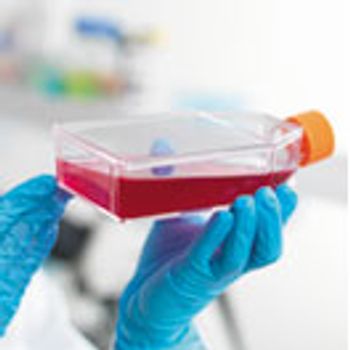
The necessity to detach cells from a culture substrate during cell harvesting remains one of the most challenging steps in a cell-culture process.

Miniature bioreactors add value by reducing validation efforts.

A reformulated version of Rose Bengal, PV-10, may be used to treat melanoma when injected directly into tumors.

ViaCyte and Janssen Biotech have entered Phase I/Phase II clinical trials for VC-01, a candidate treatment for the treatment of type 1 diabetes.
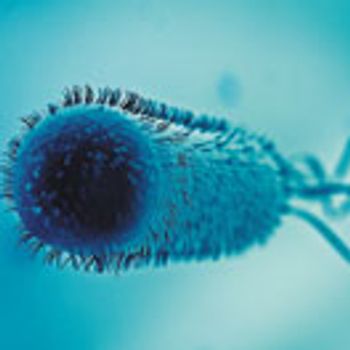
The authors review the status of expression of antibodies in microbial hosts and present the recent advances in the production of aglycosylated antibodies in bacteria.
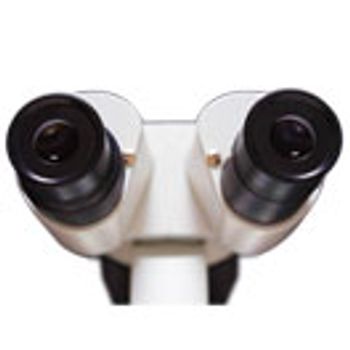
Time and sensitivity are essential for analytical technologies in all phases of biopharma development.
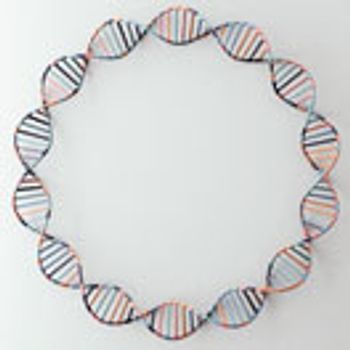
The authors describe the impact of the knocking of the pgi gene of the wild type MG1655 strain on the growth kinetics of plasmid-free and plasmid-bearing cells.
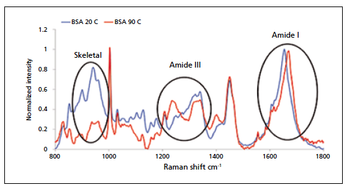
In this article, the author reviews some of the techniques that can yield valuable information on protein stability, focusing specifically on protein aggregation. Emphasis is placed on the enhanced information made available when technologies are used orthogonally, and the alignment of different approaches with specific stages of the biopharmaceutical development workflow.

Boehringer Ingelheim announced it will establish a new biopharmaceutical production facility in Vienna.

Researchers from Oregon State University develop a new three-drug delivery system for cancer treatment.

FDA warns the industry of possible contamination in the API baclofen from Taizhou Xinyou Pharmaceutical & Chemical Co., Limited.

Assembly Biosciences reported a successful clinical study validating the use of the Gemicel technology platform for the oral delivery of biologic medications.